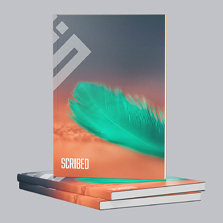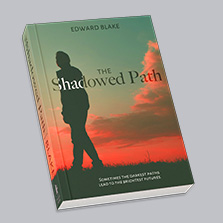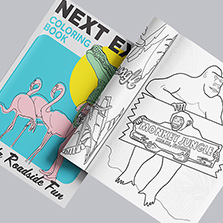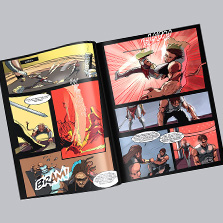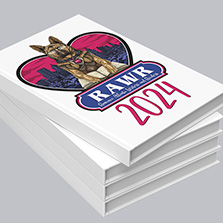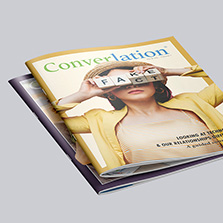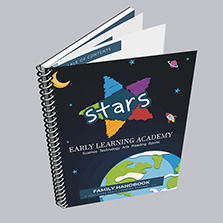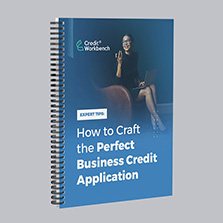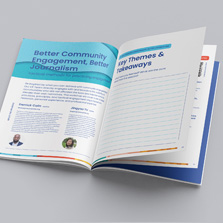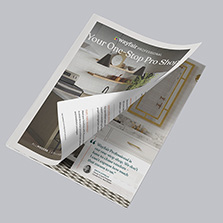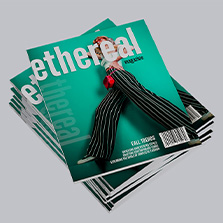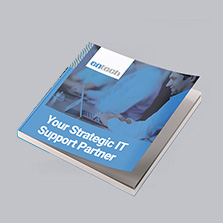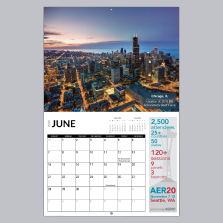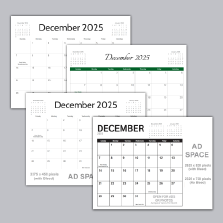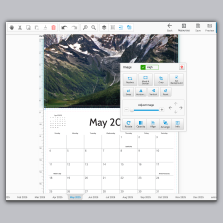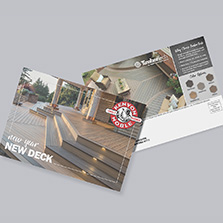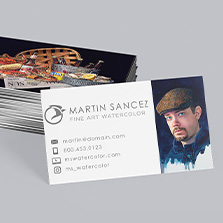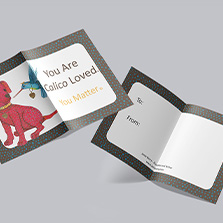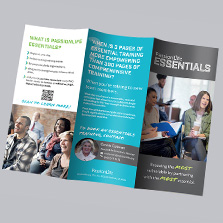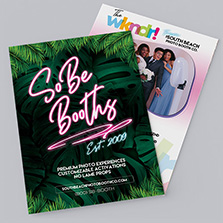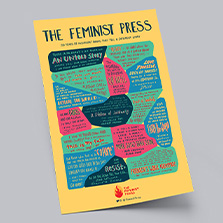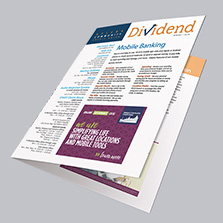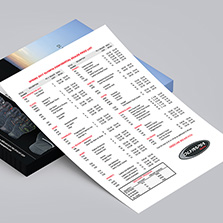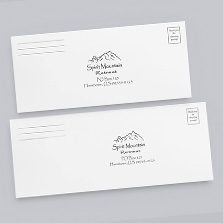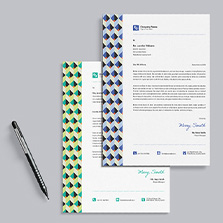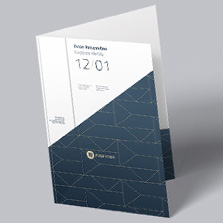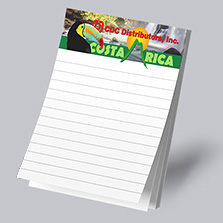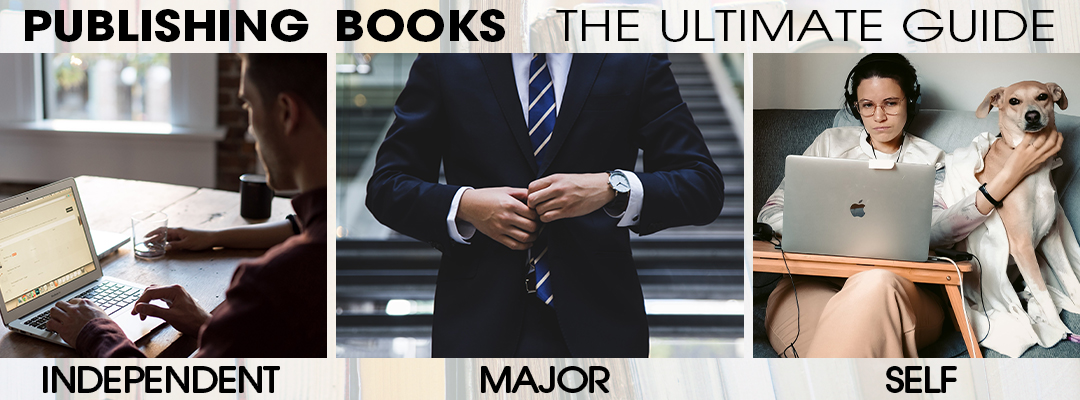
Publishing Books the Ultimate Guide
You’ve just finished the laborious task of writing a book – now it’s time to publish your outstanding work. Where do you begin? With so many options out there, it can be tricky figuring out how to publish your material effectively, especially for first-timers!
Writing a book is a huge feat in and of itself, so you’ll want to get your book in front of the right people to increase intrigue and engage readers. This can be achieved by two major routes; self-publishing and traditional publishing.
Traditional routes of book publishing involve hiring an agent to submit your manuscript to a publisher to look over. If the publisher approves, a contract is offered to print, publish, and sell the material to booksellers.
Conversely, self-publishing is a totally independent process that does not require the assistance of traditional publishing firms. Instead, writers can publish their work for sale on major platforms such as Amazon KDP, without having to pay anything upfront.
It can be difficult to work out which course to take on your publishing journey. With more options than ever before, authors have plenty to digest. The publishing pathway you take will depend on the unique features of your work, your background as an author, and what long-term goals you have in mind. There is no one path that’s ideal for everyone, so it’s a good idea to take your time to understand what options are available and what will work best for you.
We are here to clear the confusion and explain exactly how to publish a book in 2022. Keep reading to discover what publishing journey is best for you and your cherished work!
Methods of Book Publishing
There is no one size fits all method to book publishing. With so many options out there, it’s worth having a look at each method to see what it offers an author in terms of creative control, royalties, and support.
Traditional Publishing
As touched upon earlier, traditional publishing involves sending your manuscript or book proposal to a publisher to look over in hope of an agreement being offered. If accepted, the author will receive a payment from the publishing firm based on the amount of money they think the book will earn. This is defined as a ‘book advance’ whereby the publisher accepts the financial risk of print production. Authors should expect to see no other income from book sales aside from this advance, that is unless the advance earns out, then royalties are paid. If you want to alleviate financial risk and don’t mind jumping through a few hoops to get there, traditional book publishing is the best option. Keep in mind that although you won’t be paying to publish your book per se, you may need to invest in marketing your book.
Small Presses
Small press publication varies in definition depending on the author. It’s best described as smaller-scale publishers that do not pay out advances or operate pay runs. This means they do not assume the same financial risk as traditional firms. Contracts are far more flexible, and ideally, offer higher royalty rates because the publisher takes on less risk. Small presses allow for greater collaboration between the author and the publisher, especially well-established firms that offer editorial, marketing, and design support in-house.
Hybrid Publishing
If SheWrites or InkShares rings a bell, then you’ve already heard about hybrid publishing. This relatively new model allows independent authors the chance to publish their work without the rigmarole of signing contracts and dealing with heavy-hitting publication companies. Instead, authors fund the publication of their books and are paid royalties much more impressive than those offered by traditional firms. The only downfall here is that few books published this way are stocked in physical retail bookstores. If you’re looking to invest in a sustainable, long-term career as an author – try exploring other options.
Self-Publishing Books
As the name suggests, self-publication involves an author publishing their work completely independently. In today’s digital climate, there are multiple ways to self-publish your work. The first involves hiring a company to assist you in self-publishing. As long as you have the money to finance this venture, you will not be turned away by assisted self-publishing firms. Instead, you will be met with a variety of different packages that appeal to different budgets.
Conversely, hybrid publishers offer authors a far more flexible arrangement that incorporates the strengths of traditional publishing, and the freedom of self-publishing. The author pays the publisher upfront and receives royalties in response to book sales. Generally, a hybrid publisher chooses what material they want to publish, meaning not everyone has access to this service.
Finally, there is the DIY self-publication route. This fully entrepreneurial method involves an author hiring independent freelancers to design, edit, publish and market their book. There is a greater chance of profit here for authors as well as the opportunity to earn out and receive royalties on a regular basis. Amazon KDP is the primary service here, as well as Ingram Spark and Draft 2 Digital.
Step by Step Guide to Publishing a book
Hire an Editor
If there’s one thing to invest in when it comes to publishing a book, it’s hiring a great editor. An editor does more than just fix up typos and grammatical errors, they can reveal what is missing, what needs to be reworked and give advice on the structure and narrative of your book. No matter what publication route you decide to embark on, it’s important to take your time during this editing process.
Transform your work into a bestseller with the talent, skills, and expertise of a professional editor. You’ll want to hire the right editor in order to secure your book’s success, so keep a keen eye out for an editor’s experience in your genre, their communication style, and whether it aligns with your budget.
Design an Eye-Catching Book Cover
You’ll want to captivate your readers with a striking book cover design. In the world of book publication, people will judge a book by its cover whether they know it or not. To hold a reader’s short-fleeting attention, you’ll want a cover that is simplistic, high-quality, and clear.
Ensure your book stands out from the rest and invest in a professional book cover design service. These experts have the industry knowledge to create a book cover that engages readers that converts to sales. They will convey the message of your book into a minimalistic design – something your readers will appreciate. Your readers will also love a clear and easy-to-read title, so make sure your cover design fits the tone of your title. If publishing a self-help book, a gloomy, dark book cover design won’t make sense to your readers and your conversions will suffer.
Choose whether to self publish or go the traditional route
There is no one set path to publishing a book, so it’s helpful to know a few major differences between self-publishing and traditional publishing to help inform your decision. The first concerns the distribution of your book, which will be primarily online for the majority of self-published books. A traditionally published book is far more likely to find its way into physical retailers since this is how publishers make their money.
Self-publishing books also offer authors a far more impressive royalty rate than traditional publishing methods. For example, the royalty rate on Amazon’s paperback book copy is 60% of the book’s retail price minus the cost to print. In traditional publication, an author will receive 10% of book sales until their advance earns out. Once this happens, authors can earn up to 12.5% of sales. Other points to consider when deciding what publishing route to pursue include the cost to print, production time, and what marketing support is offered in-house.
Start a Kindle self-publishing account
If you want to start selling your book quickly, create a kindle account on a self-publishing platform such as Amazon’s Kindle Direct Publishing. This service allows authors to create, manage and monitor their Kindle eBooks and paperbacks with far greater control than traditional routes allow. Authors can also determine their own marketing efforts once they begin selling their book on the Amazon Kindle Store.
Nearly half of all eBook sales are coming from the work of self-publishing authors. Clearly, people have an appetite for information and ideas that come from real, authentic people, and not just those endorsed by traditional publishers.
Set your Price
It can be tricky knowing what price to set your book in order to attract readers and drive sales. Pricing is an essential element to your book’s success because it reflects the blood, sweat, and tears that have gone into your writing. Set the price too low and readers will appraise your book as inferior to the competition. Set the price too high and your audience won’t bother to give it a second look.
Clearly, it’s hard to find the right balance when pricing a book. In general, it’s a good idea to set your price low when first beginning a launch and gradually increase the price as popularity and sales grow. Once you’ve increased the price, you’ll want to monitor sales performance afterward to determine what exact price is best for conversions. If you are publishing a hardcover or paperback book, the price should be adjusted according to publication costs. Don’t rush through the price-setting process, instead, take your time and have a look at your competitors’ prices so you can factor that into your judgment too.
Maximize your Book Launch
Now that you’ve published your book, it’s time to take action and launch it to the market!
The long-term success of a book largely hinges on the success of its original launch,
so it’s a good idea to employ a team of people around you that are committed to ensuring your book is a bestseller. There are a lot of moving parts to a book launch, so having a passionate team of people by your side will guarantee everything is taken care of.
Once your book is live, maximize your online reach and allocate initiatives to your launch team members. This could include submitting reviews, building your book’s website traffic, reaching out to influencers for a mention, or condensing your book’s material into blog articles. This holds true for traditionally-published books too, although physical marketing incentives, like billboards, can dramatically boost exposure and drive sales through the roof.
Ready to Publish? Contact PrintingCenterUSA Today!
Now that you’ve read through our ultimate guide on publishing books in 2022, you’re ready to publish your amazing work. PrintingCenterUSA specializes in providing high-quality print production at an affordable price, all while offering excellent customer service and support. PrintingCenterUSA provides the best book publishing services in the USA and can be delivered to your doorstep in as quick as 3-4 days after the proof approval.
Whether you’re after a hardback, paperback, saddle stitch, or soft touch lamination – we can do it all here at PrintingCenterUSA! We are ready to see your writing come to life and become a #1 best seller, so get in touch with our expert team today!

